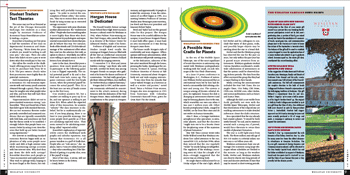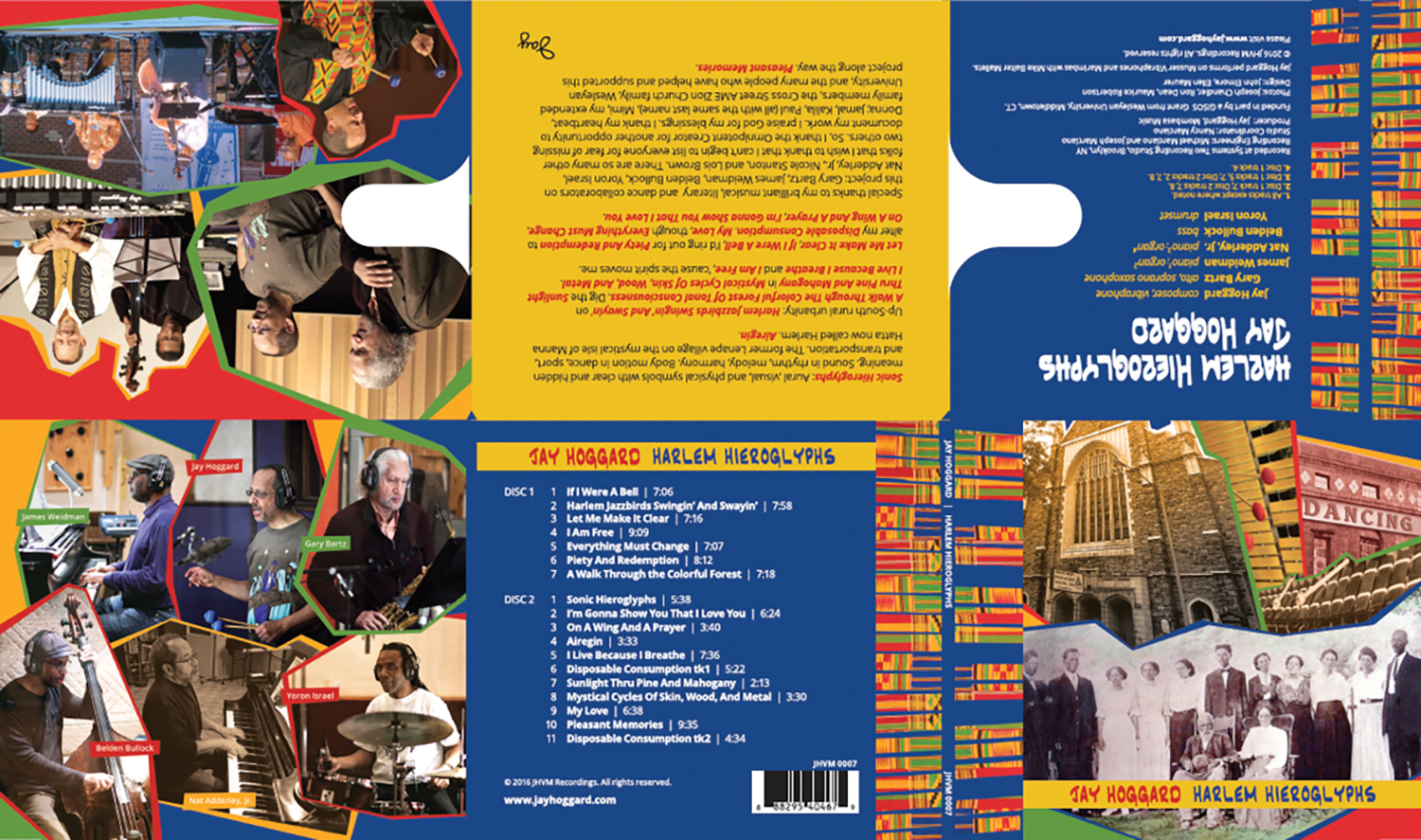Wesleyan Astronomers Find Possible New Cradle for Planets
 In the era of the Hubble Space Telescope, one of the most significant of recent discoveries in astronomy originated with Wesleyan undergraduates working with the small, 24-inch telescope in the Van Vleck Observatory.
In the era of the Hubble Space Telescope, one of the most significant of recent discoveries in astronomy originated with Wesleyan undergraduates working with the small, 24-inch telescope in the Van Vleck Observatory.
At a June 19 press conference in Washington, D.C., Professor of Astronomy William Herbst announced that an international team led by him had detected a circumstellar disk orbiting a distant and young star. The system is unique among all known celestial objects, he explained, because the disk is changing as astronomers observe it and may be forming planets close to the star, which resembles our own sun when it was just 3 million years old. Other known protoplanetary disks, imaged by Hubble, are far from their stars and do not evolve on human timescales.
Alan P. Boss, a Carnegie Institution astrophysicist who specializes in extrasolar planets, said that the discovery “might turn out to be a Rosetta Stone for deciphering some of the mysteries of planet formation.”
New York Times science writer John Noble Wilford noted that Wesleyan students first called attention to the star, named KH 15D, in the late 1990s, when they noticed that the star regularly “winks” by nearly fading out altogether. The regularity of the winking—occurring every 48.3 days for a length of 18 days—strongly suggested that the source was an orbiting body.
No single object could account for an 18-day eclipse of the star’s light, which led Herbst and his colleagues to conclude that waves of dust grains, rocks, and possibly larger objects may be swirling about the star in a broad disk.
Herbst said that the Wesleyan group has observed the star for the past six years, but only within the past year has it gained major attention from astronomers. Wesleyan graduate student Catrina Hamilton coordinated a worldwide collaboration of astronomers so that the system could be observed during 24-hour periods. The data from this effort convinced the group that they had a major finding in their hands.
Media covering the announcement included the New York Times, the Los Angeles Times, USA Today, CBS News, CNN.com, MSNBC.com, other dailies, and science publications such as Nature and Science News.
Although the disk is not visible from Earth (probably not even with the Hubble Space Telescope), Herbst said that observations of the eclipsed star are enabling astronomers to make detailed inferences about the disk’s structure.
Boss speculated that the star already had created a planet. “It would be fairly newly formed,” he said, and its existence around such a young star, if proved, would force theorists to revise their models of planetary formation.
The star is 2,400 light-years from Earth. The three-million-year-old age of KH 15D makes it a celestial infant; our own sun is 4.6 billion years old.
Wesleyan astronomers have one advantage over scientists using large telescopes whose schedules are blocked to the minute: as long as the weather holds, Herbst said, Wesleyan students can observe objects over long periods of time and discover attributes of stars that may be missed in short viewing periods.

